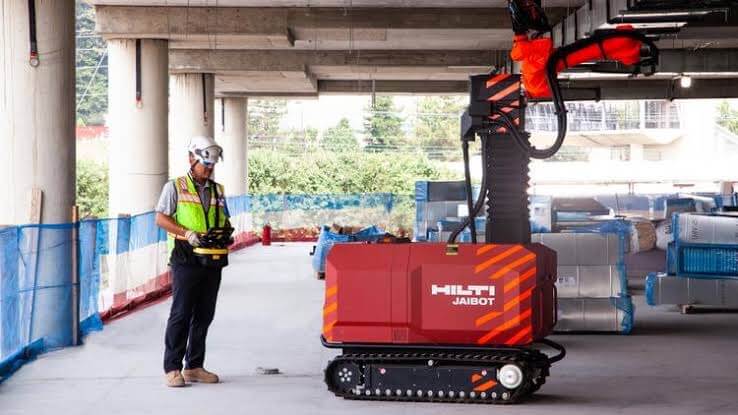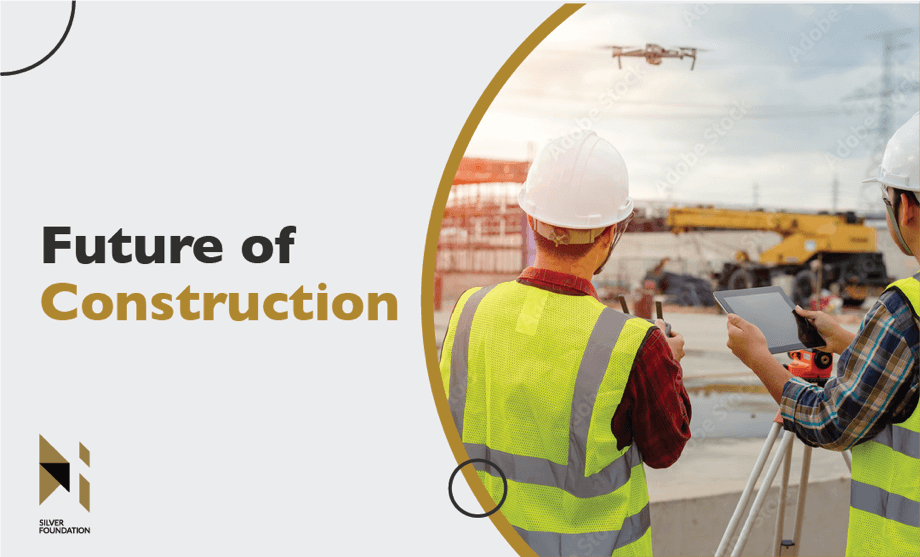The construction industry is on the cusp of a revolution, with artificial intelligence (AI) paving the way for a more streamlined, efficient, and innovative future. As a vital sector responsible for the development of infrastructure, housing, and commercial spaces, the construction industry stands to benefit greatly from the integration of AI. In this blog post, we’ll explore how AI is transforming the construction business, from planning and design to execution and maintenance.

Enhanced Planning and Design
AI has the potential to revolutionize the planning and design phase of construction projects. By leveraging advanced algorithms and machine learning, AI can analyze complex data sets and generate optimized designs that take into consideration factors such as structural stability, energy efficiency, and cost constraints. This leads to faster, more accurate, and cost-effective planning and design processes. Additionally, AI-powered generative design tools can produce multiple design iterations in a matter of seconds, allowing architects and engineers to explore more possibilities and select the best option for a given project. This not only saves time and resources but also allows for the creation of more innovative and sustainable designs.
Improved Project Management
Effective project management is crucial in ensuring the success of construction projects. AI can be utilized for better project management by automating tasks, tracking progress, and identifying potential issues before they escalate. Machine learning algorithms can analyze historical data to predict project outcomes and inform decision-making, helping project managers optimize resources, reduce risks, and improve overall efficiency.
Furthermore, AI can be used to create intelligent scheduling systems that take into account factors such as weather conditions, worker availability, and supply chain disruptions to optimize project timelines and reduce delays.
Enhanced Construction Site Safety
The construction industry is well-known for its hazardous working conditions, and AI has the potential to significantly improve safety on construction sites. AI-powered equipment can detect potential hazards and alert workers to unsafe conditions in real-time. Drones equipped with AI technology can also be used to monitor construction sites, identifying safety issues and providing valuable data to improve overall site safety.
Automation and Robotics
AI-driven robotics and automation are changing the way construction projects are executed. Autonomous construction equipment, such as excavators and bulldozers, can perform tasks without human intervention, leading to increased efficiency and reduced labor costs. Robotic bricklayers, for example, can lay bricks up to six times faster than a human worker, significantly accelerating the construction process.
Moreover, AI-powered robots can be used in hazardous or hard-to-reach areas, reducing the risk of injury to human workers and enabling construction in otherwise inaccessible locations.
Building Maintenance and Inspection
AI can play a crucial role in the maintenance and inspection of completed construction projects. Drones and robots equipped with AI technology can efficiently perform inspections to identify potential issues, such as structural damage, leaks, or energy inefficiencies. This data can be used to optimize maintenance schedules and ensure the longevity of buildings and infrastructure.

Conclusion
In conclusion, AI is set to have a transformative impact on the construction industry, from enhancing planning and design to automating tasks and improving safety. By embracing this technology, the construction business will be able to deliver projects more efficiently, reduce costs, and create more sustainable, innovative structures for the future.

